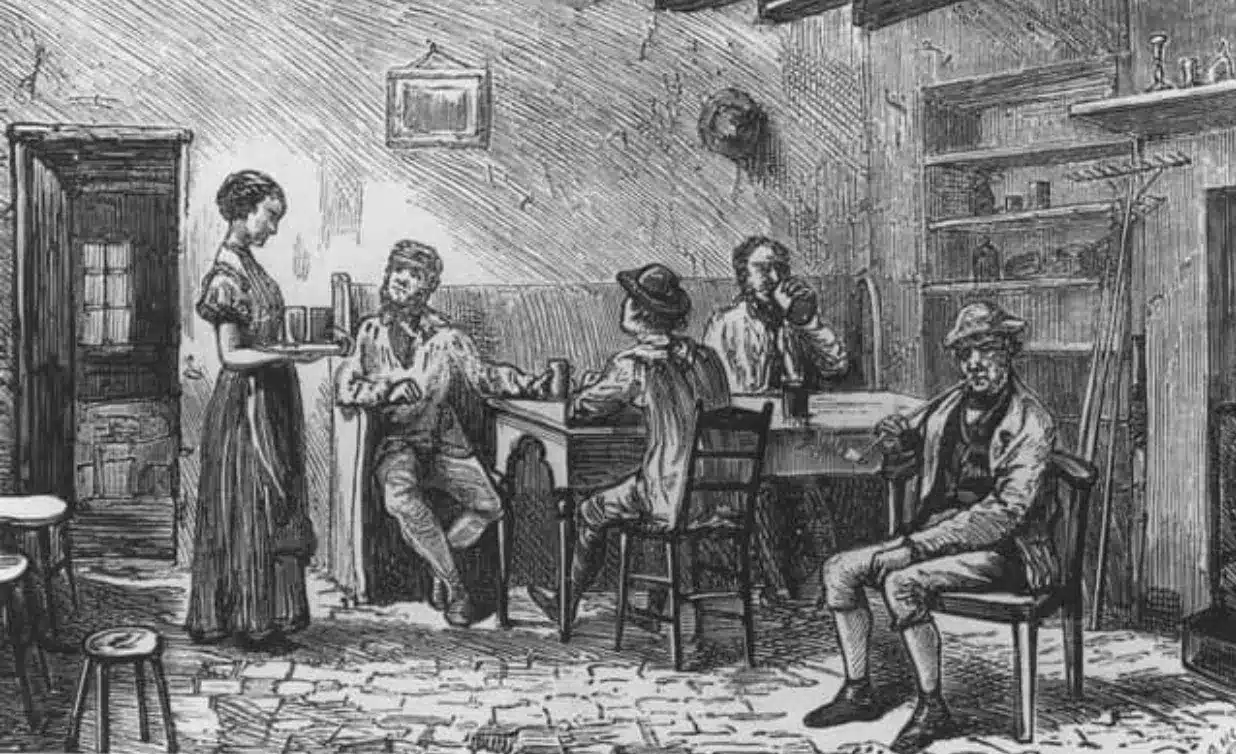Maggie Dickson lived in the Early Eighteenth century as a fish hawker and would certainly have remained an anonymous figure had she not been the subject of a public hanging.
Her misfortune began when her husband deserted her in 1723 forcing her to leave the city and move further south to Kelso near the Scottish Borders.
Here, she worked for an inkeeper in return for basic lodgings.

Soon after she started an affair with the Innkeeper’s son which led to her becoming pregnant, not wanting the innkeeper to discover this as it would surely lead to her instant dismissal she concealed her pregnancy as long as possible.
However the baby was born prematurely and died within a few days of being born.
Still hiding the baby’s existance she planned to put the baby into the River Tweed, but couldn’t bring herself to and finally left it on the riverbank.
The same day the baby was discovered and traced to Maggie.
She was charged under the contravention of the Concealment of Pregnancy Act and she was taken back to Edinburgh for Trial and execution.
The latter taking place in public in the Grasssmarket on the 2nd September 1724.
After the hanging she was pronounced dead and her body was bound for Musselburgh where she was to be buried, however the journey was interrupted by a knocking and banging from within the wooden coffin.
The lid was lifted to the sight of Maggie, quite alive.
The law saw it as God’s will and she was freed to live for a further forty years.
She became something of a local celebrity and the locals gave her the nickname ‘Half Hangit’ Maggie.’
Some said that she had seduced and manipulated the ropemaker, to engineer a weaker noose.